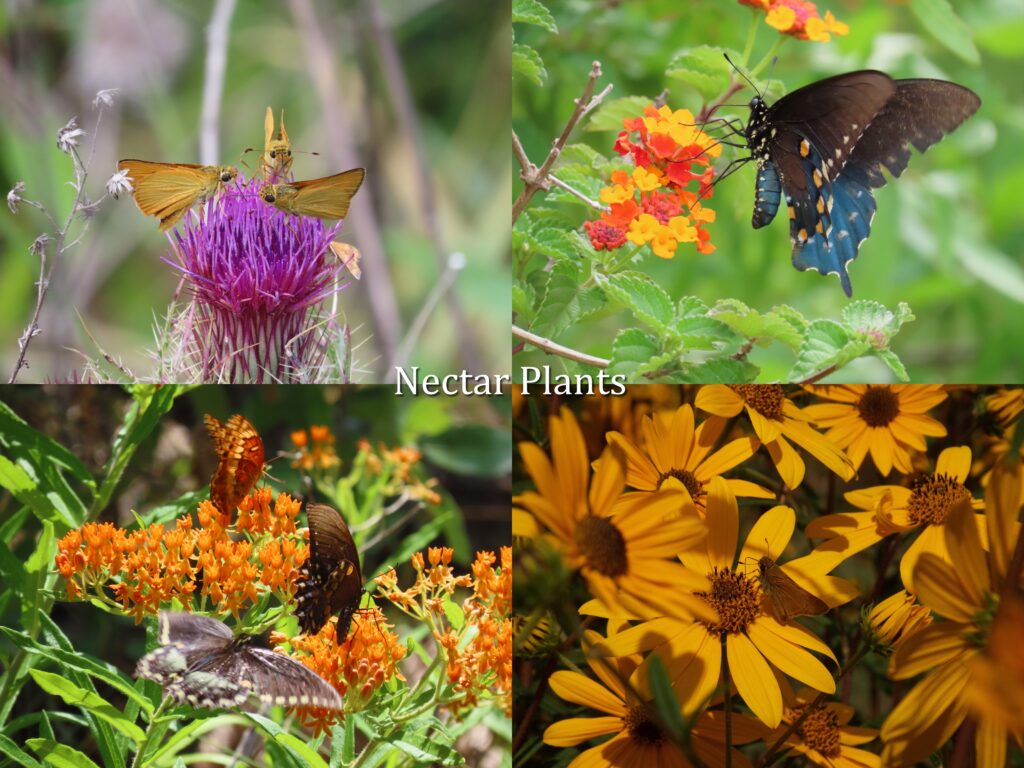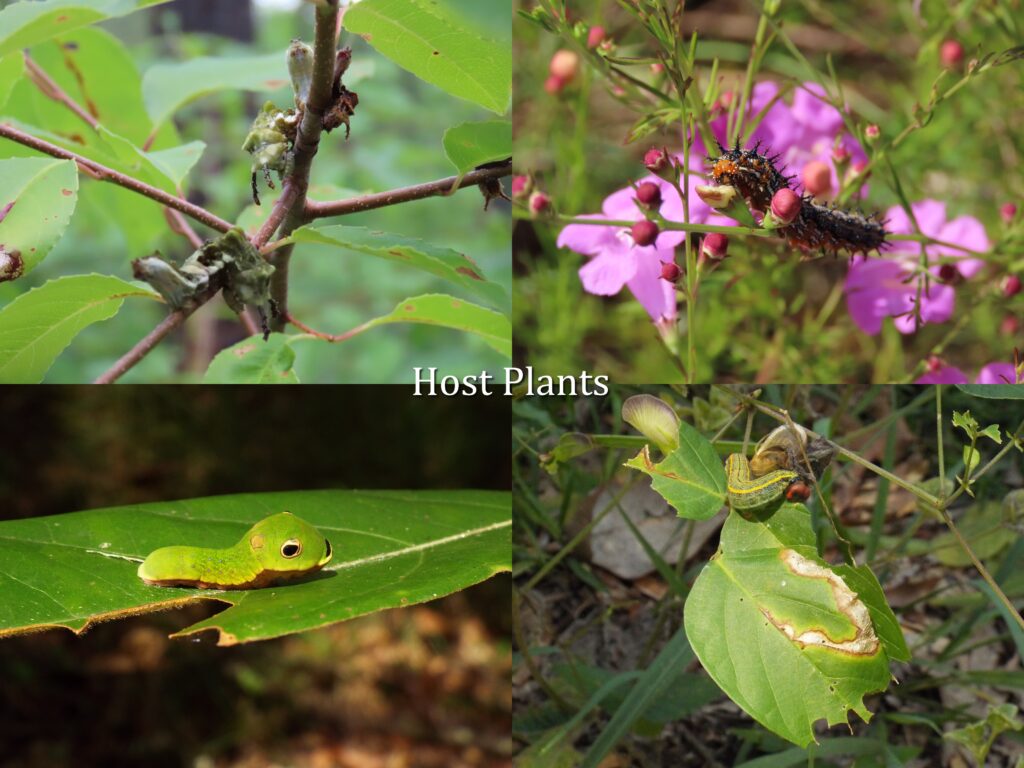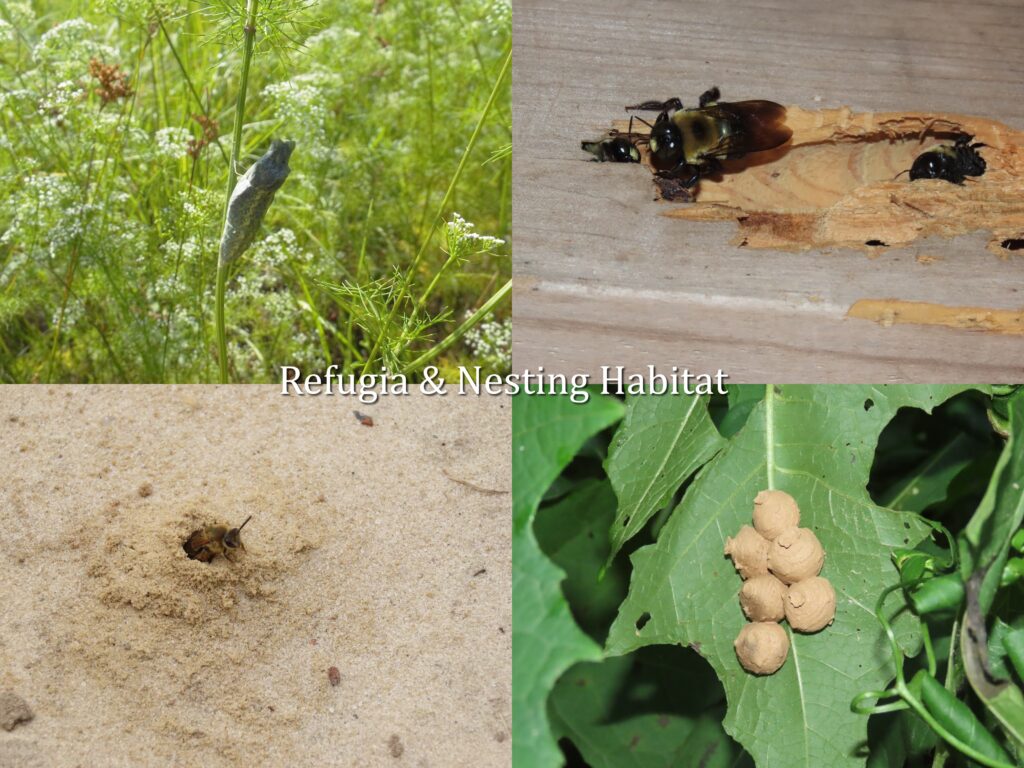
This year for Pollinator Week (6/17 – 6/23) we’re doing a 7-part series about native pollinators on Edisto Island!
If you want to go the extra mile to help our native pollinators, then you should consider planting a pollinator garden or, if you have a bit of acreage, managing a pollinator habitat. A pollinator garden has the expressed intent of maximizing its benefit to native pollinators. A pollinator garden should have the goal of becoming an island unto itself, a microcosm providing everything our pollinators need to flourish and persist or, at the least, a lot of what they need but aren’t getting from the surrounding landscape. To create a full-fledged and functional pollinator garden you need to provide 4 main features.

First, nectar plants. Nectar plants provide food for adult pollinators. You need nectar plants of all shapes, sizes, colors, and bloom times to attract the greatest diversity of pollinators. The broader your nectar plant selection, the more reliable a food source your garden will be for pollinators.

Second, pollen plants. These feed baby bees. Bees are the most efficient pollinators and are doing the heavy lifting elsewhere, outside of your garden. You want to make sure you’re also providing bees with ample pollen, in addition to nectar, to feed the next generation of bees all throughout the year. Our native bees come in all shapes and sizes, so a diversity of flower sizes and shapes is a must.

Third, host plants. Host plants are the nurseries for your butterflies, and moths, since their caterpillars eat plant vegetation. Many butterfly species can only eat a specific set of plants. If you want to maintain a diversity of butterflies in your garden, you need to supply the adults with nectar and the caterpillars with leaves. Subsequently, these caterpillars become food for pollinating wasps, who feed them to their own little ones.

Fourth, refuge and nesting habitat. Pollinators need places to hide, to rest, and to nest. Leaf litter, old flower stalks, bare soil, brush piles, and old logs all provide refuge habitat to certain types of pollinators during different stages of the life cycle. So, leaving a pollinator garden messy and debris untouched is often both the best thing for pollinators, and it’s as easy as doing nothing at all!